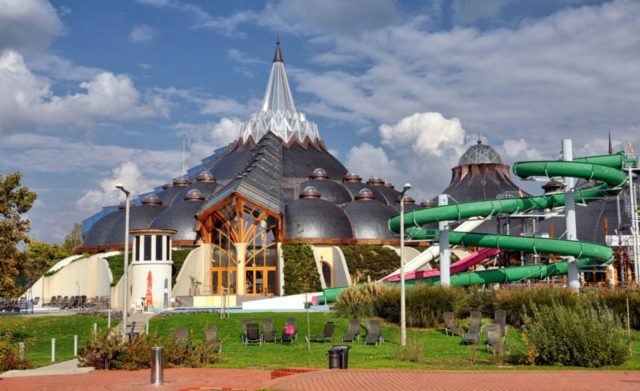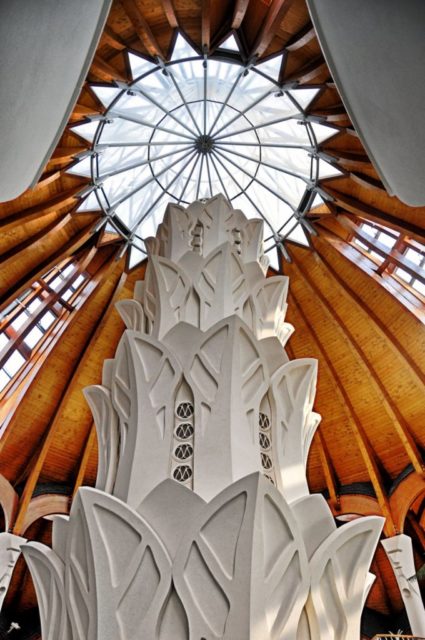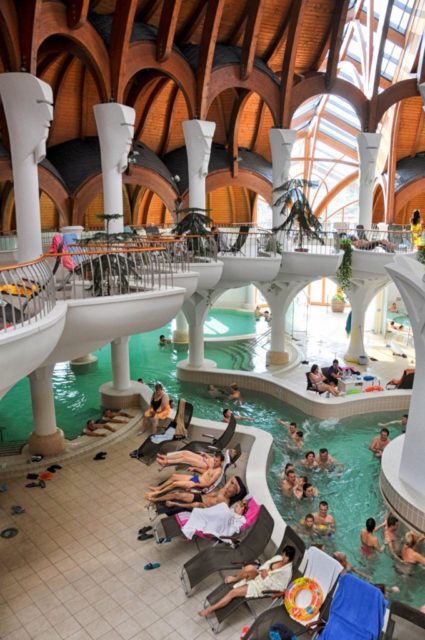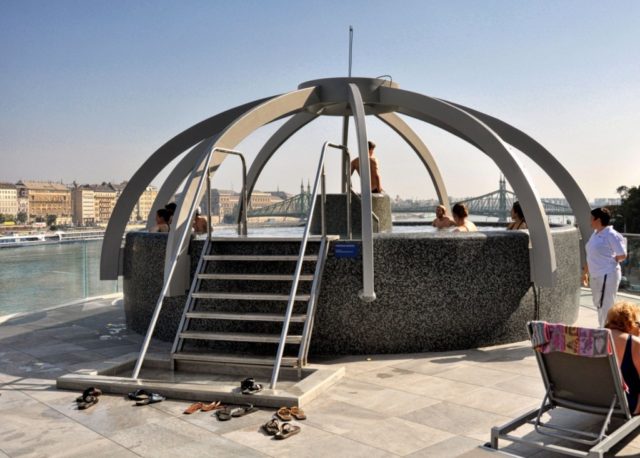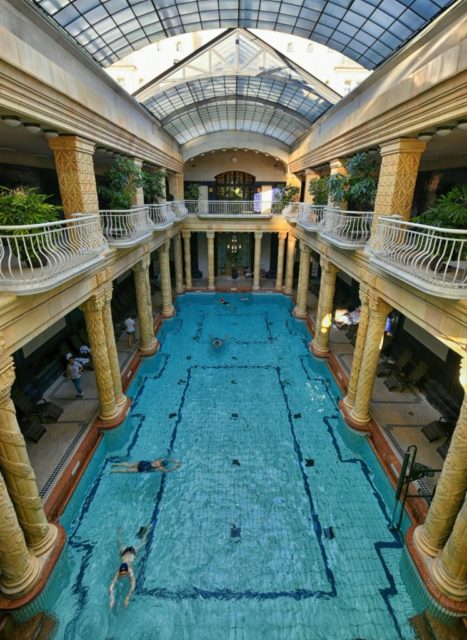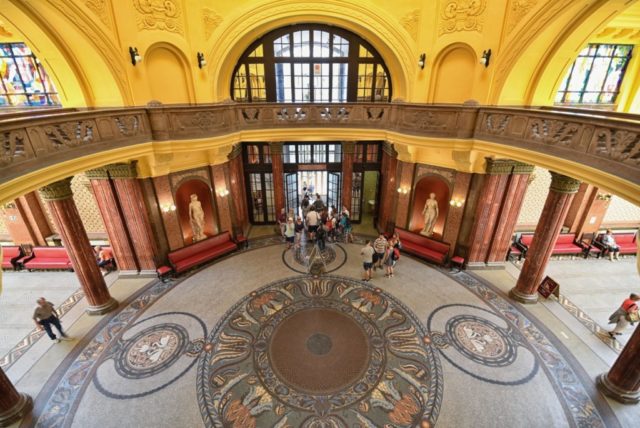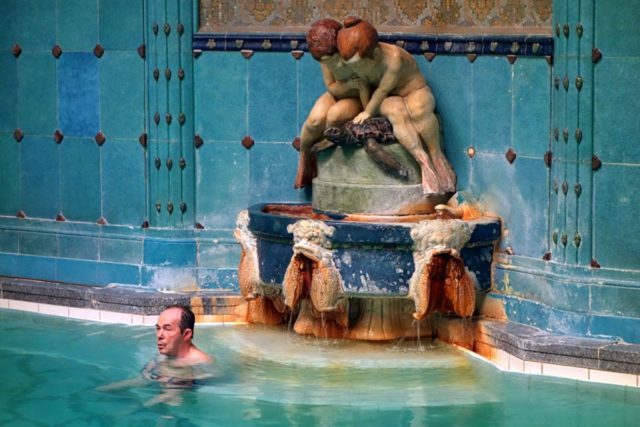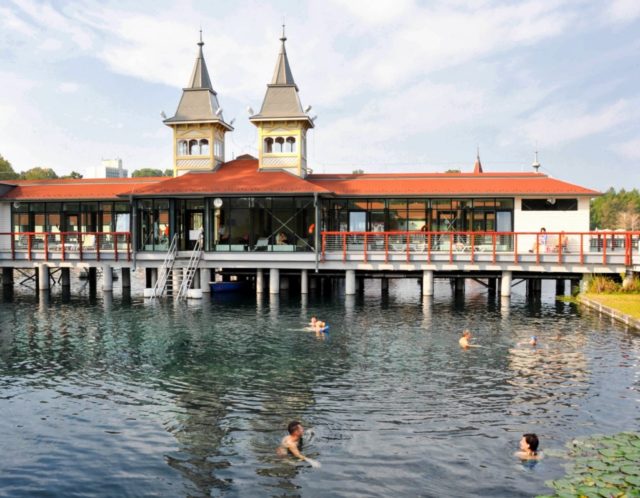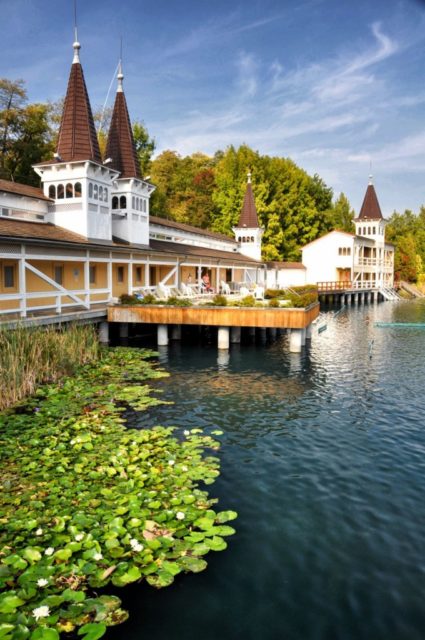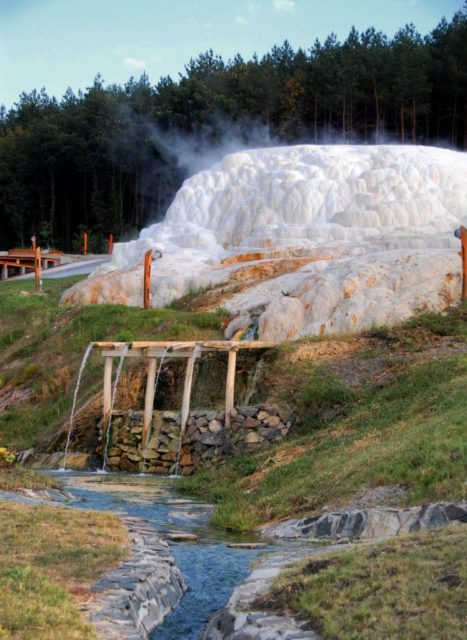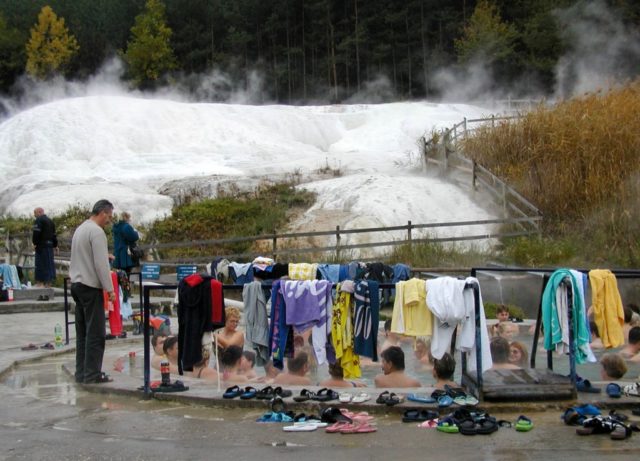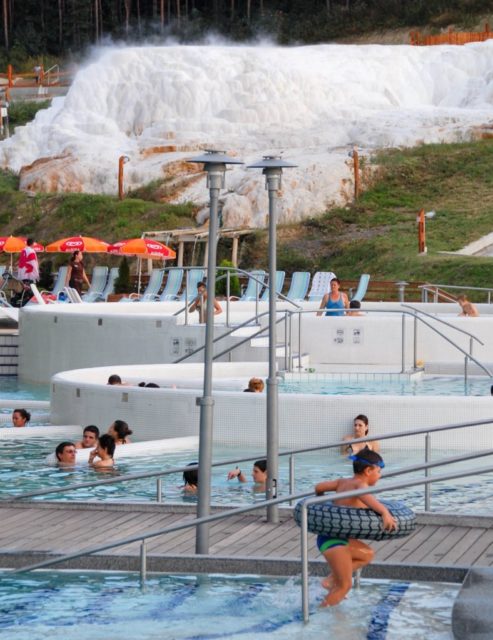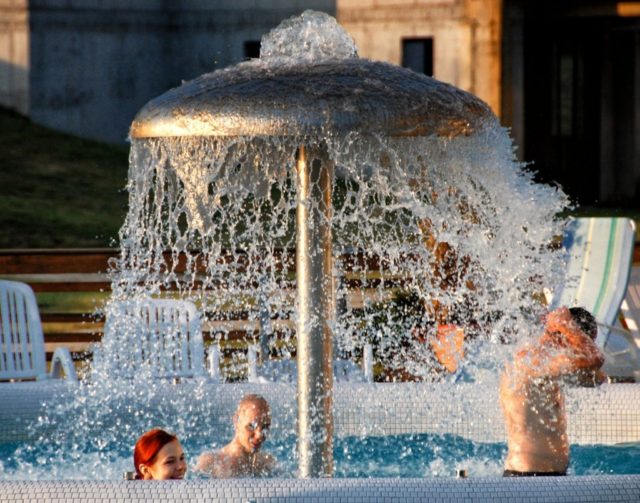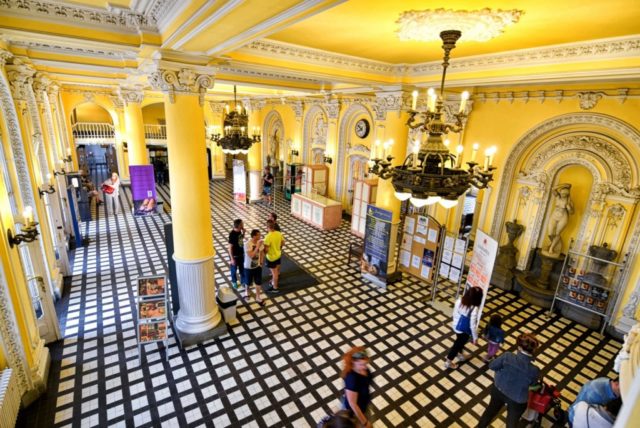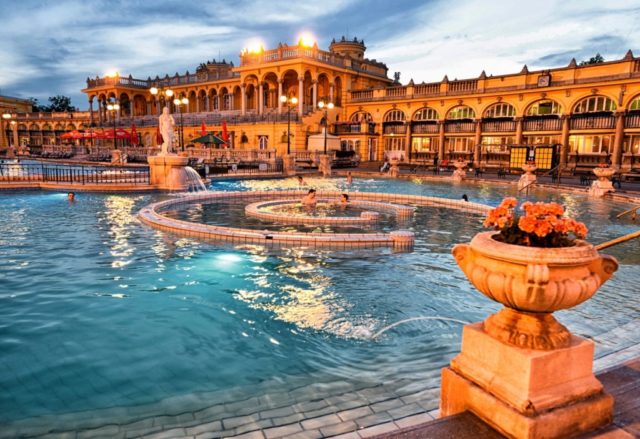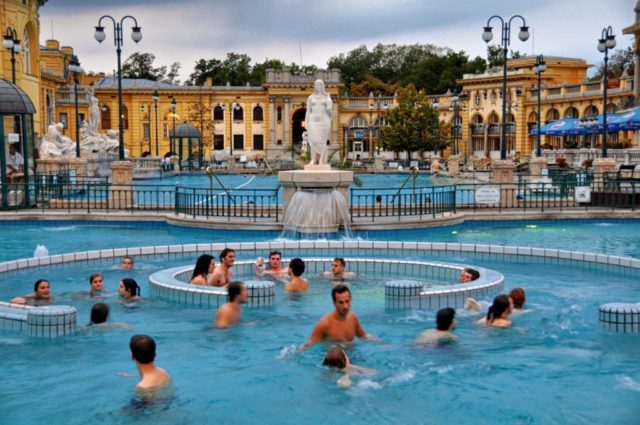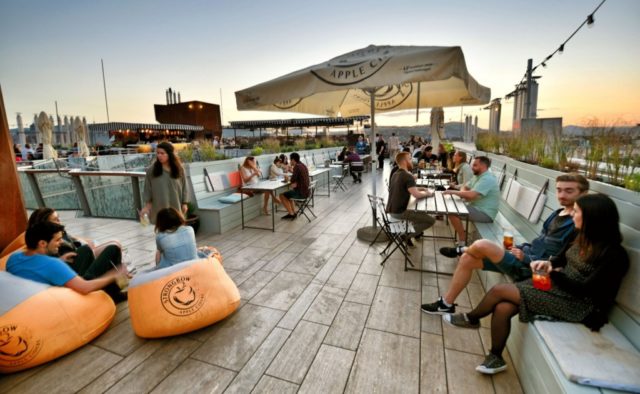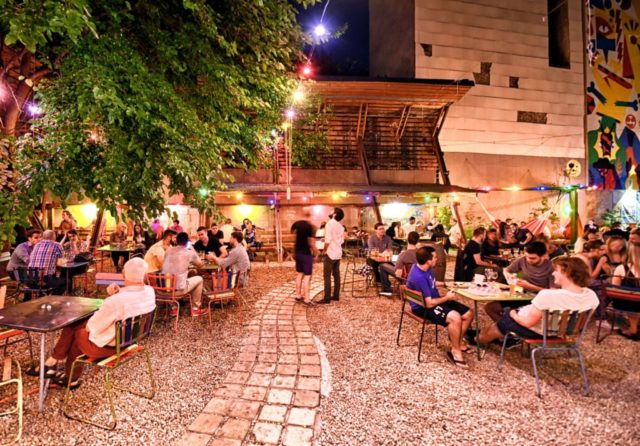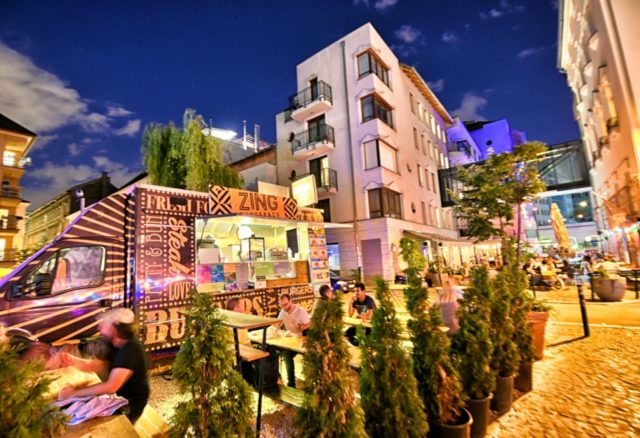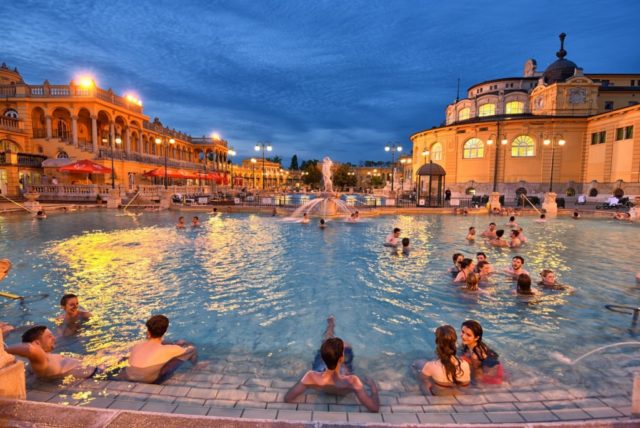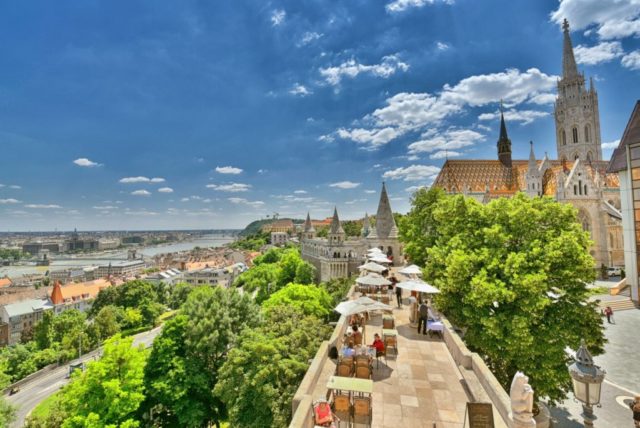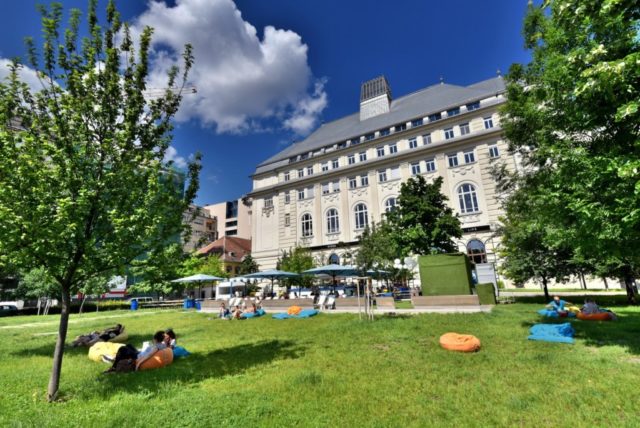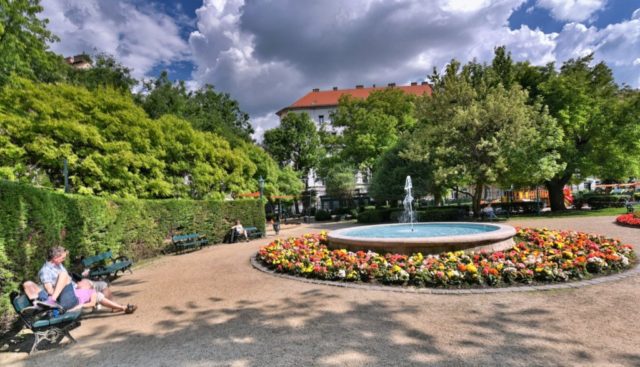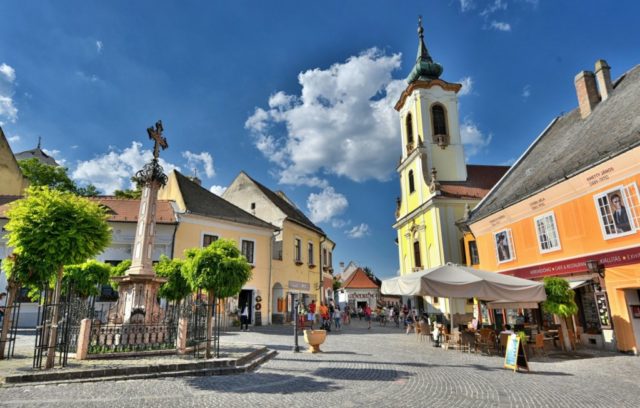Hungary is one of my favorite places to eat in Europe — ranking just a notch below Italy or France. When planning an itinerary here, I have to carve out a little extra time just to dine well.
This may come as a surprise, if you subscribe to the conventional wisdom about “Eastern European” cuisine: a dreary, stick-to-your-ribs diet of pork, kraut, and potatoes. And to be fair, in most of Eastern Europe, there’s a kernel of truth to that stereotype. Most national cuisines withered on the vine under communism, when quality ingredients (and sometimes any ingredients) grew scarce. And today, even as a foodie wave sweeps Europe, the eastern part of the continent sometimes feels stuck in a rut. While Slavic cooking is — no doubt — satisfying comfort food, it’s not exactly high cuisine.
But right here in the middle of Eastern Europe, Hungary bucks that trend. The Hungarian culinary tradition is a fine balancing act between nourishing peasant food and delicate haute cuisine. (Hungary is one of Europe’s largest producers of both lard and foie gras.) And chefs here simply know what they’re doing. They are technically skilled, have a respect for ingredients, and are unafraid of flavor — no matter what they’re cooking. Some of my all-time favorite Indian, French, and Italian meals have been prepared by Hungarian chefs.

The defining Hungarian ingredient is paprika, which infuses every dish with a rich and smoky tingle. Hungarians recognize two broad categories of paprika: sweet (used liberally in the kitchen) and hot (applied to each diner’s taste at the table). Most Europeans have a timid palate. They seem terrified of spice. But I’m a five-stars guy — the kind of person who eats ghost pepper hot sauce on a dare. By the time I reach Hungary, I’m craving some heat. And Hungary is all too happy to provide it.

Once, in the steamy southern plain of the country — where paprika grows like weeds — I visited a little church that reveres the red pepper. Carved columns were embossed with ripe peppers hanging on the vine. And piles of peppers were laid at the altar, as if a sacrifice to Saints Scoville and Capsicum.

The quintessential Hungarian dish is csirkepaprikás: chicken (or veal, borjúpaprikás) slow-simmered in a rich paprika stew, served over egg-drop noodles. (After years of experimenting, I’ve mastered the art of cooking chicken paprikash in my own kitchen. It’s a quarterly ritual that tides me over until my next visit to Hungary.) Hortobágyi palacsinta — named for the wild steppes of southern Hungary — are savory crêpes wrapped around a meaty filling, smothered in a creamy paprika sauce. Pörkölt is a hearty stew of braised meat and vegetables, flavored with — who knew? — paprika. And the peppers themselves can be stuffed with various fillings to create töltött paprika.
If your meal isn’t spicy enough for you, ask your server to bring you a jar of Erős Pista — a vivid-red paste of mashed peppers. A spoonful of Erős Pista (which means, loosely, “Spicy Steve”) introduces a rich, salty paprika flavor and a wallop of heat. If you appreciate the flavor more than the heat, opt for Édes Anna (“Sweet Anna”) — as hardy yet demure as the babushka-draped peasant girl on the label.
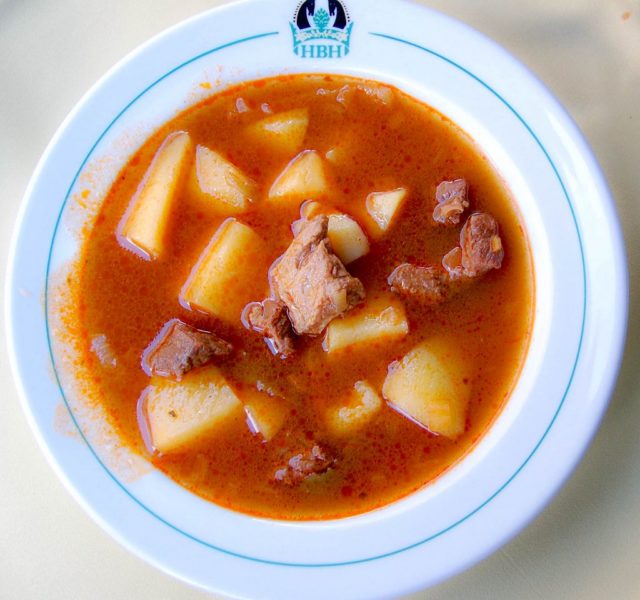
And then, of course, there’s the ultimate Hungarian dish: goulash. Except that what you’re picturing as “goulash” isn’t Hungarian. It’s the German, or Czech, or American interpretation of a classic Hungarian peasant soup: a thick, meaty stew, stacked with vegetables and timidly flavored with a pinch of paprika. But in Hungary, it’s gulyás leves — a “shepherds’ soup” that was born on the Great Hungarian Plain, where shepherds simmered simple ingredients in a rustic kettle. True Hungarian goulash is a broth deeply reddened with robust paprika, its flavor rounded out by onions, garlic, and crushed caraway seeds. Big chunks of meat and potatoes — and maybe a few carrots — make it hearty. When it’s simmered long enough, it reduces to a thick (but not thickened) consistency. It’s not brown — it’s bright-red. And each spoonful is supremely flavorful. (If you prefer fish, try halászlé — goulash that swaps out the meat for carp.)
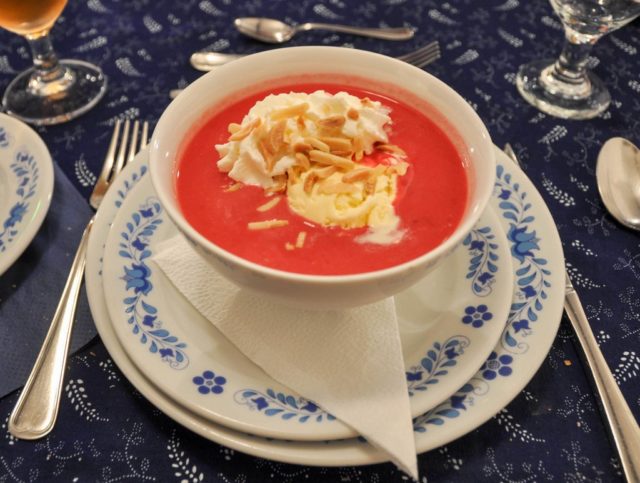
One Hungarian dish that doesn’t involve paprika is hideg gyümölcs leves — cold fruit soup. It’s a creamy, fruity, sweet dish eaten as an appetizer. When done right, cold fruit soup feels like cheating…a bowl of melted ice cream before the meal. Just watch out for pits in the sour cherries.

For a real dessert — or just a sweet snack — keep an eye out for my favorite Hungarian street food, kürtőskalács. To make this “chimney cake,” dough is wrapped around a wooden spindle and sprinkled with sugar, then slowly spins on a rotisserie over coals. When the sugar begins to crystallize into a golden brown crust, the kürtőskalács is taken off the fire, rolled in flavorings (cinnamon sugar, coconut, or nuts), then slid off its spindle and into a paper sleeve…hot, fresh, and ready to eat. You’ll see kürtőskalács stands on busy street corners, parks, and anywhere people are out having fun. If they hand you a cold one, insist on waiting for a hot one…it makes a difference.
Most of my favorite traditional Hungarian meals have been outside of the capital. If you’re doing a tour around Hungary, stop in at HBH Restaurant in Eger, Jégverem Fogadó n Sopron, Kecskeméti Csárda in Kecskemét, or the blowout buffet restaurant at the Saliris Resort at the Egerszalók spa — a Hungarian smorgasbord.
In Budapest, on the other hand, it’s always been a challenge to find authentic, traditional Hungarian food to recommend in my Rick Steves Budapest guidebook. As in any cosmopolitan capital, most restaurants here cater to forward-looking young urbanites who want upscale international cuisine with flashes of Hungarian influence. This target audience would never go out for old-school Hungarian food. That’s what Grandma cooks them on Sundays.
A few overpriced, overblown specialty restaurants in Budapest work too hard to dress up Hungarian classics, throw in some “Gypsy” music and stuffy service, and charge top dollar. But I’ve always sought a moderately priced hole-in-the-wall that was all about the food. And on this trip, I finally found it. Hungarikum Bisztró, tucked down a nondescript side-street surrounded by governmental ministries, has a deep respect for tradition, but with a modern sensibility. The simple, no-frills interior — with red-and-white-checkered tablecloths and discreet woodwork — is filled with the aroma of braising meat.
“Budapest is a foodie city,” István — one of the co-owners — explained. “And the chefs are so creative and so modern, they can’t help themselves but to play with traditional recipes to update them somehow. It’s tasty, but it’s not real Hungarian food. Here, we strictly follow our grandmas’ recipes, down to the last detail…even if it has ingredients or techniques that aren’t commonly used in modern cooking. That way, we know that you are tasting the same food we tasted growing up.”
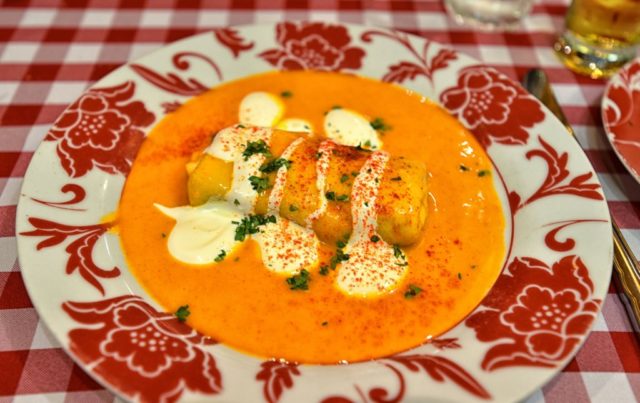
Enough talk. Starving, I ordered two of my favorite dishes: gulyás leves (that’s real Hungarian goulash) and Hortobágyi palacsinta (paprika-smothered filled crêpe). And when the food came, it delivered on István’s promise. The goulash was slow-simmered, producing a rich broth and tender meat and potatoes. And the Hortobágy pancake was perfect: a firm crêpe containing a delicious filling, swimming in a luxurious pool of creamy paprika sauce. What’s not to like?
But the ingredient that really caught my attention was the paprika that was dusted over the dish. Paprika loses its flavor quickly…so quickly, most people probably don’t know what paprika actually tastes like. That little paprika jar that came with your spice rack? That’s not paprika. It’s a soulless red powder that only hints at paprika flavor. Even those little cloth bags of paprika you buy at Budapest’s Great Market Hall are, all too often, past their prime. István’s paprika, however, was explosively flavorful. You could taste the sun-drenched pepper growing on the vine, and you could taste the heavy wood smoke used to dry it.
I quizzed István, who grinned proudly. “Yes, we get all of our paprika fresh and direct from Kalocsa,” he said, naming the city deep in the hot south of Hungary, famous for its top-quality peppers. Paprika from Kalocsa is like key limes from Florida or maple syrup from Vermont. Like any good restaurant, István recognizes that his food will only be as good as his ingredients. And his ingredients are very, very good.

